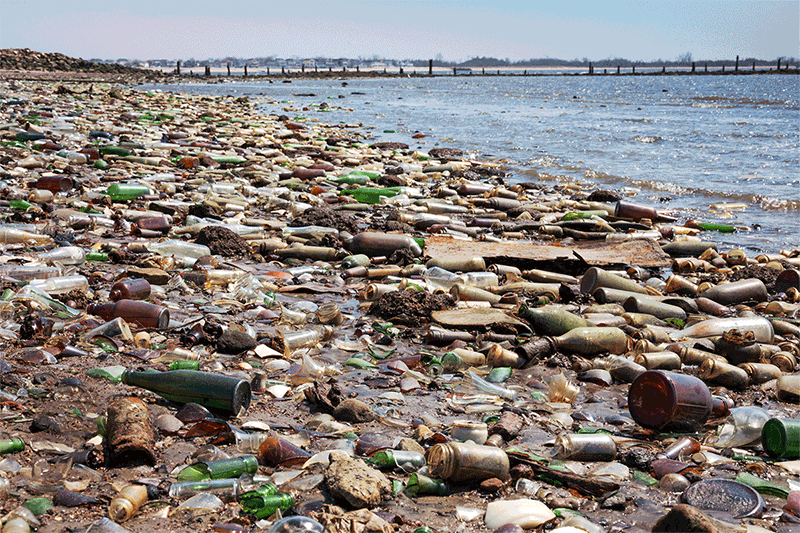
From the nineteenth century to the twentieth century, the area has been used in a variety of ways, including manufacturing fertilizer from the remains of dead animals, producing fish oil from the menhaden caught in the bay, and more recently a landfill for the disposal of New York City’s garbage. Periodic clogging by carcasses from the adjacent glue factory with 200 foot chimney gave the bay its name. A millstone used to grind horse bones can still be found along the Millstone trail.
In 1926, much of the salt marsh surrounding Dead Horse Bay and the rest of Barren Island were pumped with sand from Jamaica Bay.[4] This raised the land to 16 feet above the high tide mark and connected the islands to each other, and the mainland of Brooklyn, in order to create Floyd Bennett Field as New York City's first municipal airport. The entire area, including the historic airfield, is now managed by the National Park Service as part of the Jamaica Bay Unit of the Gateway National Recreation Area.
In August 2020, the National Park Service announced that Dead Horse Bay would be closed indefinitely because of the presence of radiological contamination.
